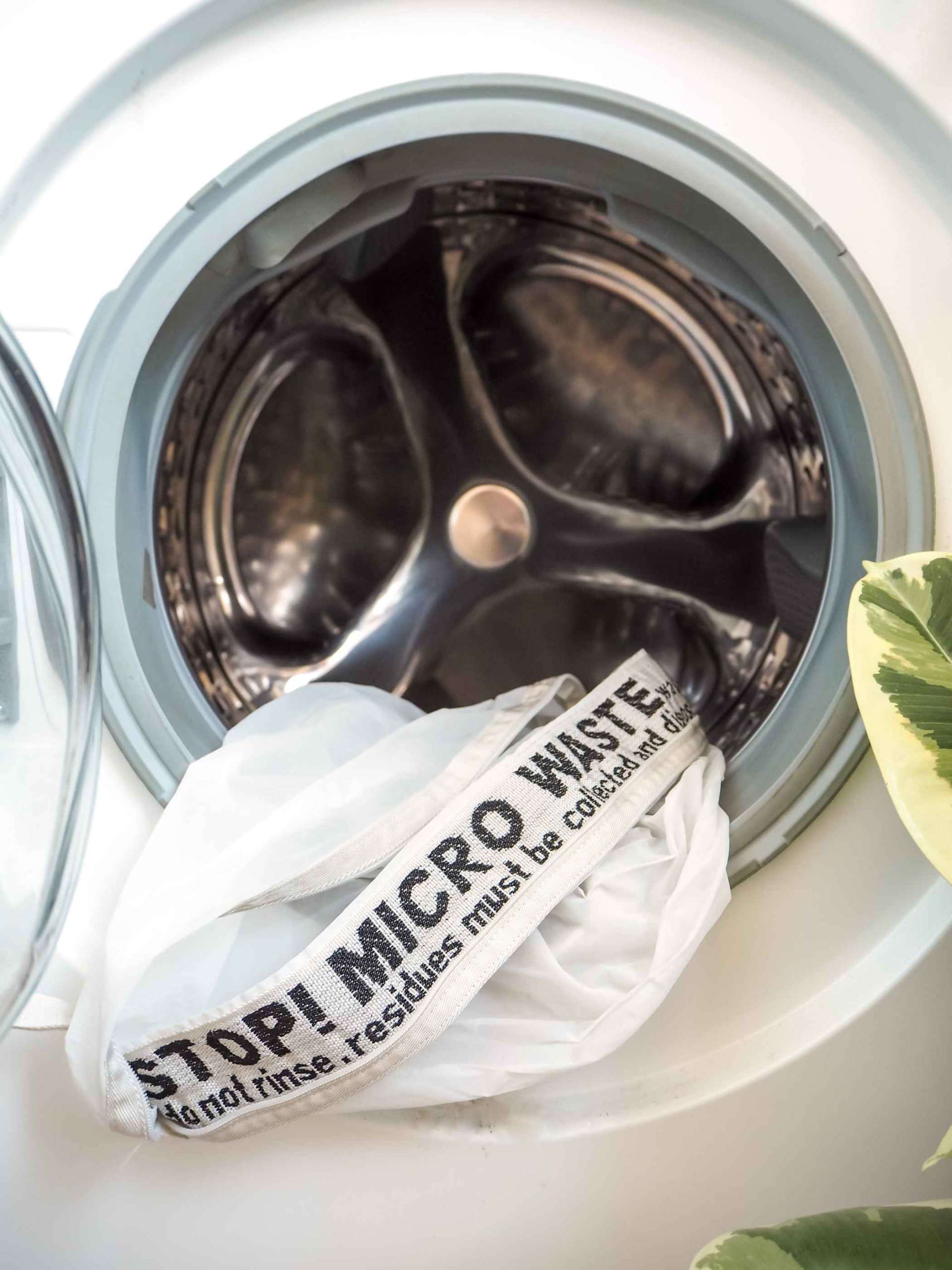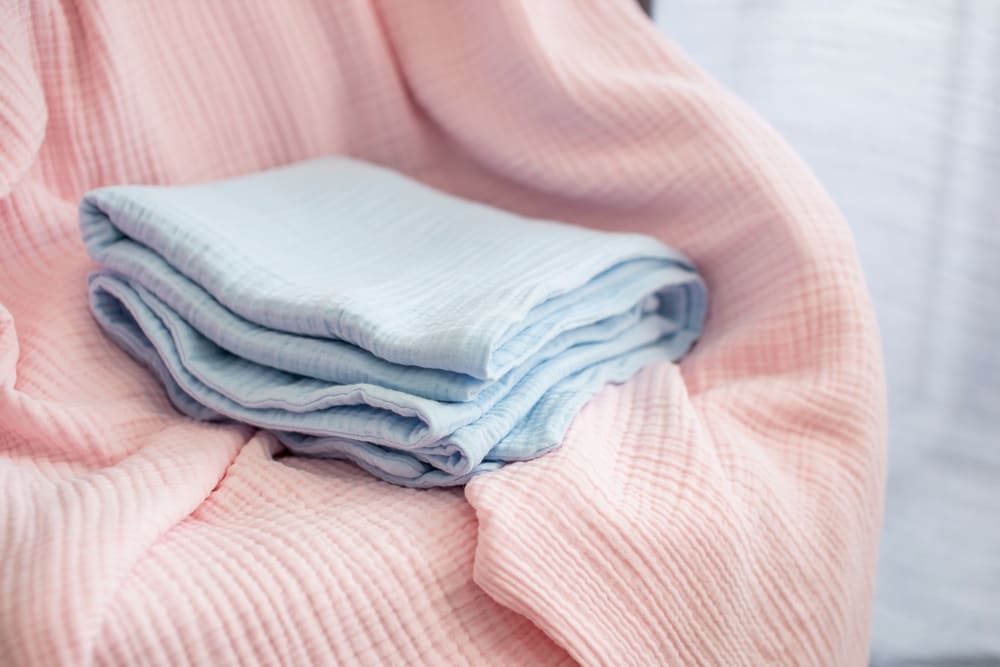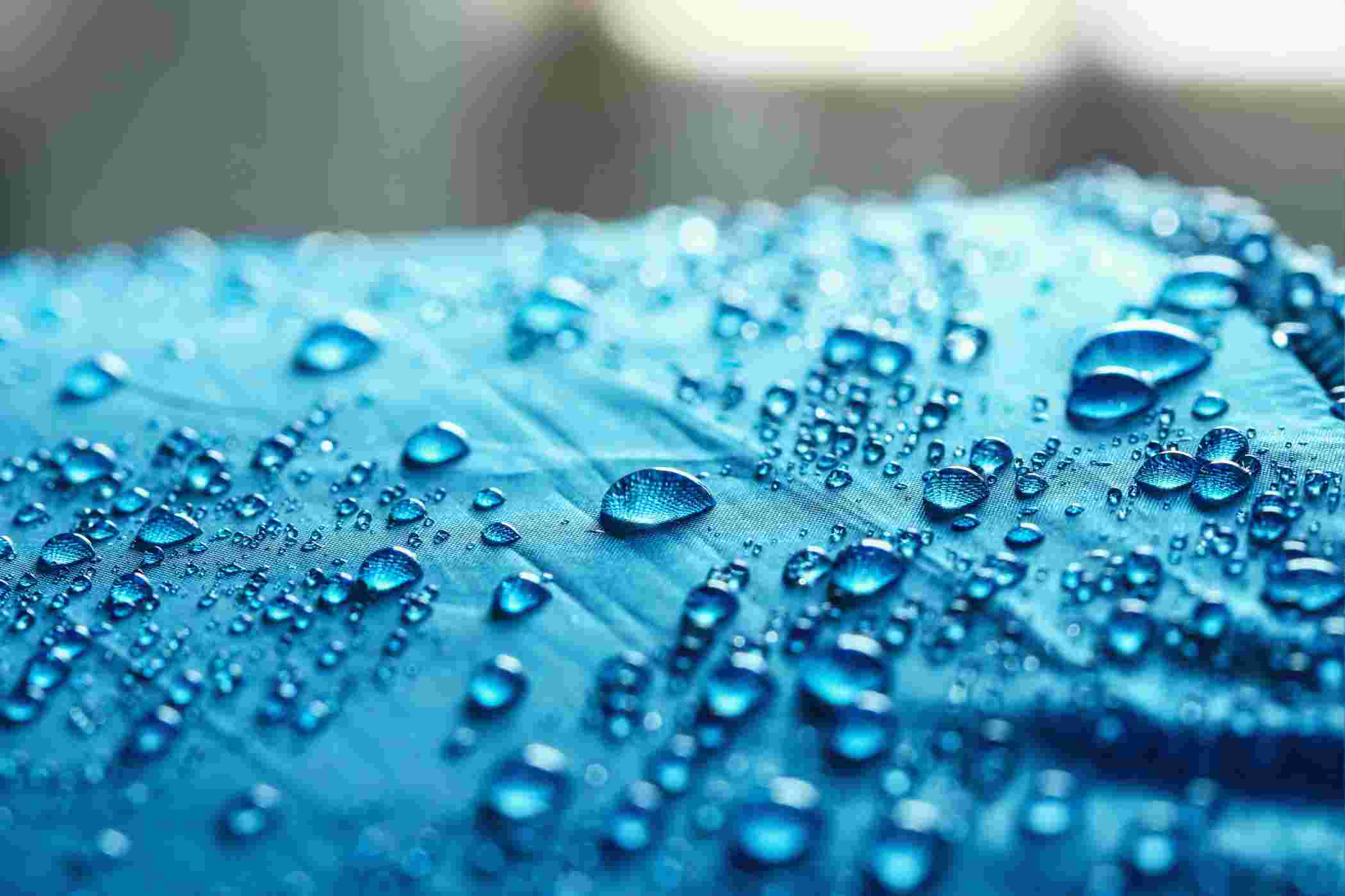What Is Tasar Silk and How Is it Different from Other Types of Silk Fabric?

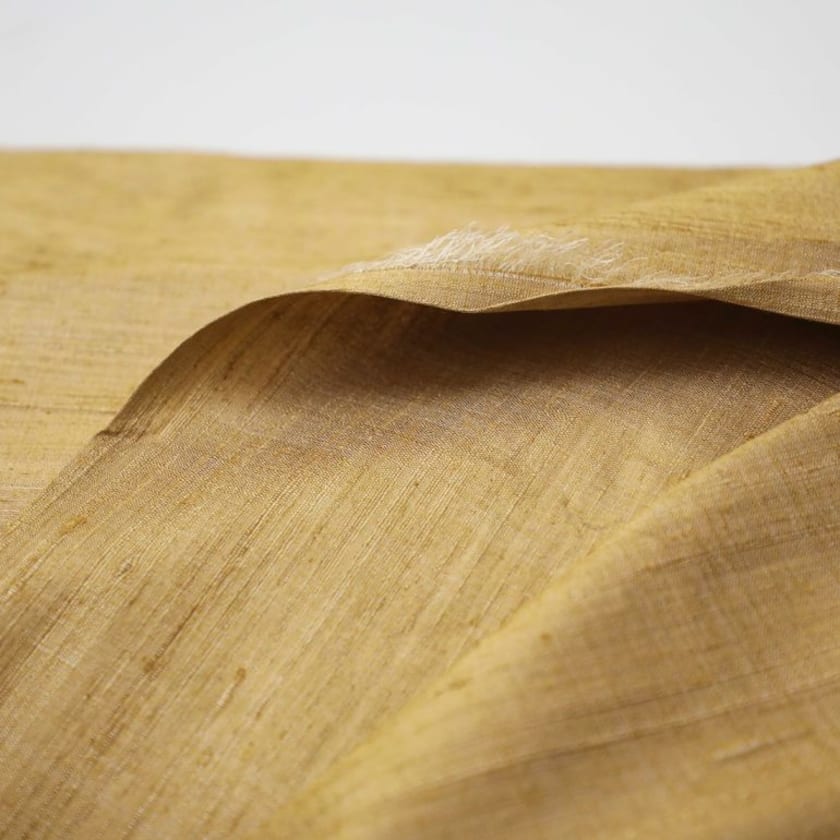

Tsar is a metaphor for royal status, undisputed king, and Russian royalty.
Tasar silk is one of the 5 varieties of commercially produced silk. It has a unique luster that may be attributed to its copper-like hue and sheen. Tasar silk is produced by a specific variety of silkworms called Antheraea Mylitta, which feeds on the leaves of Arjun and Asan trees in the wild. The Tasar silk price is a major pull factor for its producers, who are mainly tribal folks. It is deeply intertwined with the identity of an Indian woman as well the tribes of India. Every bride would have at least one Tasar silk saree in her trousseau.
The fabric made of Tasar silk is very comfortable to wear owing to its breathable texture. The spaces between the thread mesh allow the air to pass, facilitating less moisture containment. It has certain other qualities that make it more attractive for the craftsmen and even for the medical community. Tasar silk is stronger than other silk varieties, which is why the medical equipment industry particularly fancies it. It owes its strength to two types of protein, namely Sericin and Fibroin.
Tasar silk is produced mainly by the tribal belt of India and is therefore called “Wild Silk.” Tasar Silk is a major part of tribal life in Jharkhand, Orissa, and Chhattisgarh. The Tasar silk price makes it particularly attractive. Tasar Silk is easier to work with. It is the “Fabric of Choice” for many interior decorators. Bedspreads, pillow covers, scarfs, and many other varieties of draping are made with Tasar silk. Owning a fabric of Tasar silk is like establishing a connection with the past and embracing the cultural richness of tribal life.
The texture of Tasar silk makes it very light to wear. It has ample pore spaces in its weaving structure, facilitating the constant flow of air. It is even more comfortable than a few varieties of cotton. It is often blended with cotton to make bed sheets and pillow covers. Another good feature is its less moisture retention capacity. Tasar silk does not retain moisture, and this quality makes it a delight to wear in warmer climates of the world. Tasar silk is more porous that makes it more wearable.
Tasar silk’s price and versatility have made it the “Fabric of Variety and Class” in fashion circles. Knowing the differences between Tasar silk and other silk varieties will help you make a more nuanced choice in choosing your wedding trousseau and home décor furnishing.
1. Differences Between Tasar and Mulberry Silk
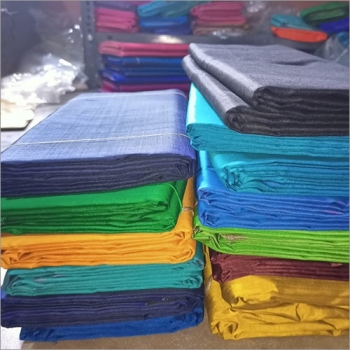
1.1 Mulberry and Tasar silk are produced by different types of silkworms. Tasar silk is produced by Antheraea Mylitta in the wild. These worms feed on Asan and Arjun trees in the wild. On the other hand, Mulberry silk is “cultivated” by silk farmers by raising a different variety of silkworms called Bombyx Mori, which feeds exclusively on Mulberry leaves.
1.2 Mulberry Silk is the most popular silk produced on a large scale across the world, with India and China taking the mammoth share. However, in Tasar silk production, it is India that takes the top spot.
1.3 Tasar silk is slightly less lustrous and coarser. However, it is Tasar silk that beats Mulberry silk in strength, endurance, and versatility. Although Tasar silk is less lustrous than Mulberry silk, the Tasar silk price makes it more affordable. Artisans prefer it for its versatility.
1.4 Tasar silk is easier to work with and is the ideal choice for delicate embroidery. You would not loosen your purse strings to own a drapery or a garment made of Tasar silk. Intricate embroidery on Mulberry silk with heavier threads is not very easy, and in fact, it is not long-lasting either.
1.5 Tasar Silk has shown greater capacity than Mulberry silk to withstand higher temperature exposure. This characteristic value has made Tasar silk very useful in making surgical and medical equipment.
1.6 The Tasar silk fiber is shorter, but it is stronger than Mulberry silk. This quality of Tasar silk has led to exploring novel uses of this natural fiber in specialized medicine delivery equipment.
2. Differences between Tasar Silk and Muga Silk
2.1 Muga silk is India’s own silk. Muga silk is produced by a different type of silkworm belonging to the same genus called Antheraea Assamensis. The thread of Muga silk is golden yellow in color and looks quite royal in appearance.
2.2 Muga silkworm is endemic to Assam. It is produced in very small quantities, and production is largely restricted to Assam and North East. Tasar silk is produced in a larger area spread across central and western India.
2.3 The coarse texture of Tasar silk lends a special cooling effect to it. Tasar Silk is more comfortable to wear as compared to Muga and Eri Silk varieties.
2.5 Muga Silk has similar qualities as Tasar silk, but it is more expensive as it is “cultivated,” increasing costs. However, Tasar silk is wild silk that does not incur as much cost to produce.
2.6 Tasar silk ages slowly and tends to lose its sheen, but Muga silk, like wine, becomes more lustrous with time.
3. Differences between Tasar Silk and Eri Silk
3.1 The most striking feature of Eri silk is that it is obtained without killing the silkworm. It is also called “Ahimsa” or nonviolence silk. It is popular among Buddhists and Jains.
3.2 Eri silk is slightly limited in its versatility. It is mainly used for making shawls, bedspreads, and quilts.
3.3 Eri silk, also known as Errandi or Endi silk, is produced mainly in Southern states. Tasar silk has a broader production area, and it is produced globally.
Why You Should Buy Tasar Silk
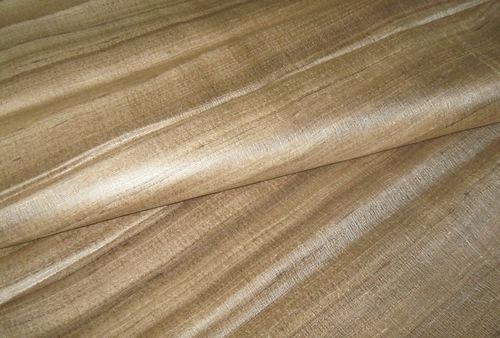
Doing intricate embroidery on Tasar silk is easier. Its fiber strength and endurance to wear and tear are more than Muga and Mulberry silk. The porous structure of the fabric is desirable by most artisans. The Indian motives and patterns are easily created on Tasar silk Sari and dresses.
It is also suitable for block printing and Kalamkari, the block printing art of South India. Another big advantage of Tasar silk is that less maintenance and care is required as compared to Mulberry and other cultivated silk. It does not need frequent dry cleaning. However, it is more likely to lose its luster, and therefore it is advised that it shall be kept in protective muslin covers.
The most commercially attractive advantage of Tasar silk over other silk varieties is its price range. You can own an exquisite piece of Tasar Silk for about 3000 to 4000 rupees.
In short, the versatility of Tasar silk, cost-effectiveness, strength, and greater possibilities of craftsmanship makes it a delight for fashion lovers. Check out the Tasar silk options on Fashinza today!















